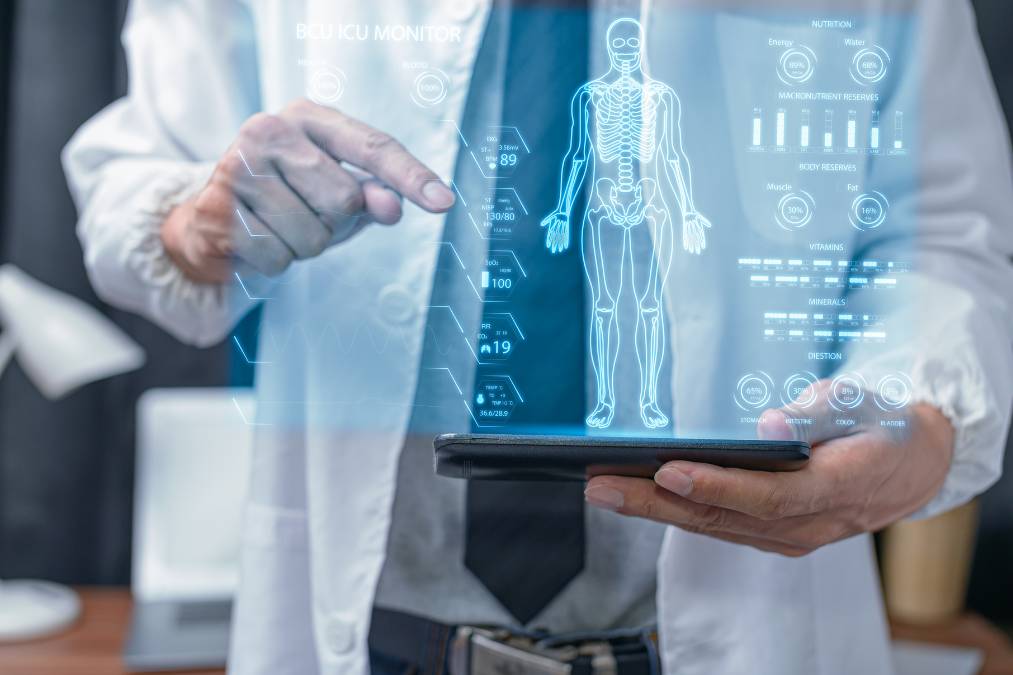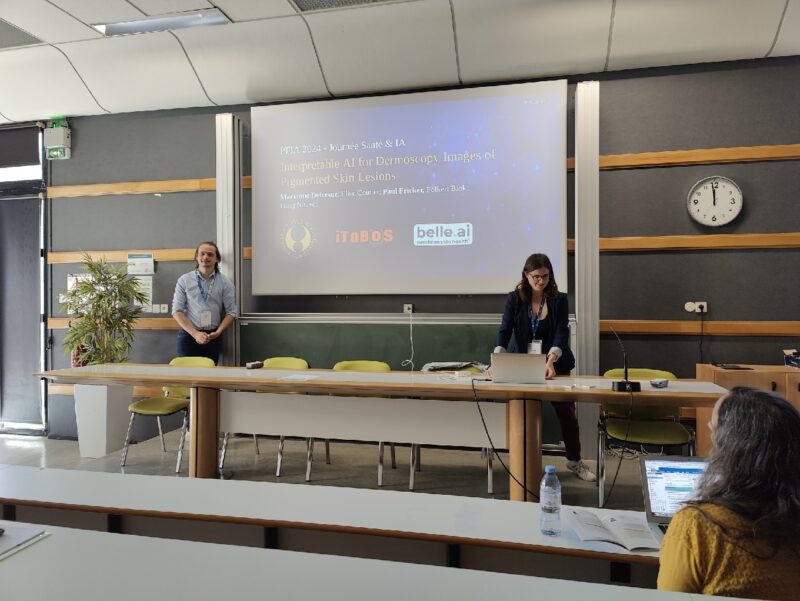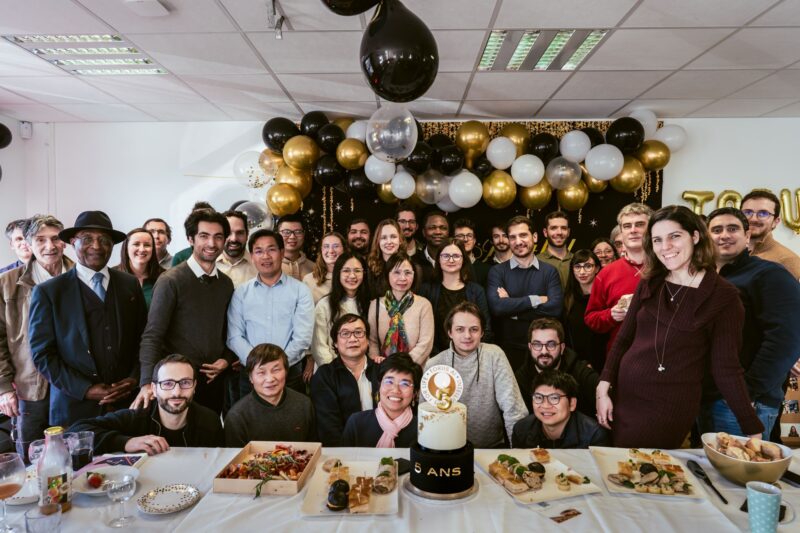Torus Medical, together with US-based tech entrepreneurs, have developed an advanced AI tool called SpinAnalyzer. This device helps radiologists and doctors analyze spine problems, in order to make the best decisions concerning spine surgery. The beta version of the product is now available for testing.
About spine problems
Spine related diseases are a social and public health problem. It is estimated that more than 27% of the population suffer from some form of spine disorder, with the risk increasing with age. Among them, neck and low back pain account for 69% of the total. There are multiple ways for relieving a suffering patient from symptoms, including painkillers, massage therapy, heat and ice, and surgery. However, studies have revealed that the success rate for spine surgery does not always meet the expectations. On the other hand, early identification may not always be possible due to a heavy demand for neuroradiologists and specialists. The overall time for a diagnosis could take many weeks to complete since it may include referral and waiting time for a specialist physician, and the time for a medical scan and the subsequent analysis.
About SpinAnalyzer
Spine AI is a software for the analysis of spinal images obtained with MRI, X-ray and CT Scan. Spine AI aims to assist with reading medical images of the spine, providing information about detected pathologies and measuring spine parameters. Additionally, it clearly identifies and alerts the user of the presence of spine anomalies. Furthermore, Spine AI incorporates a workflow-driven, task-based user design, as well as real-time analytical reports.
Spine AI uses machine learning algorithms based on fully convolutional neural networks combined with insights from the medical field.
Product Highlights
- Working in several modalities (CT, X-ray, MRI)
- An auto-generated medical report by AI
- AI doctor assistant detecting several diagnostics: herniation, bulging, central spinal stenosis, spondylolisthesis, retrolisthesis.
- Measuring spine parameters




